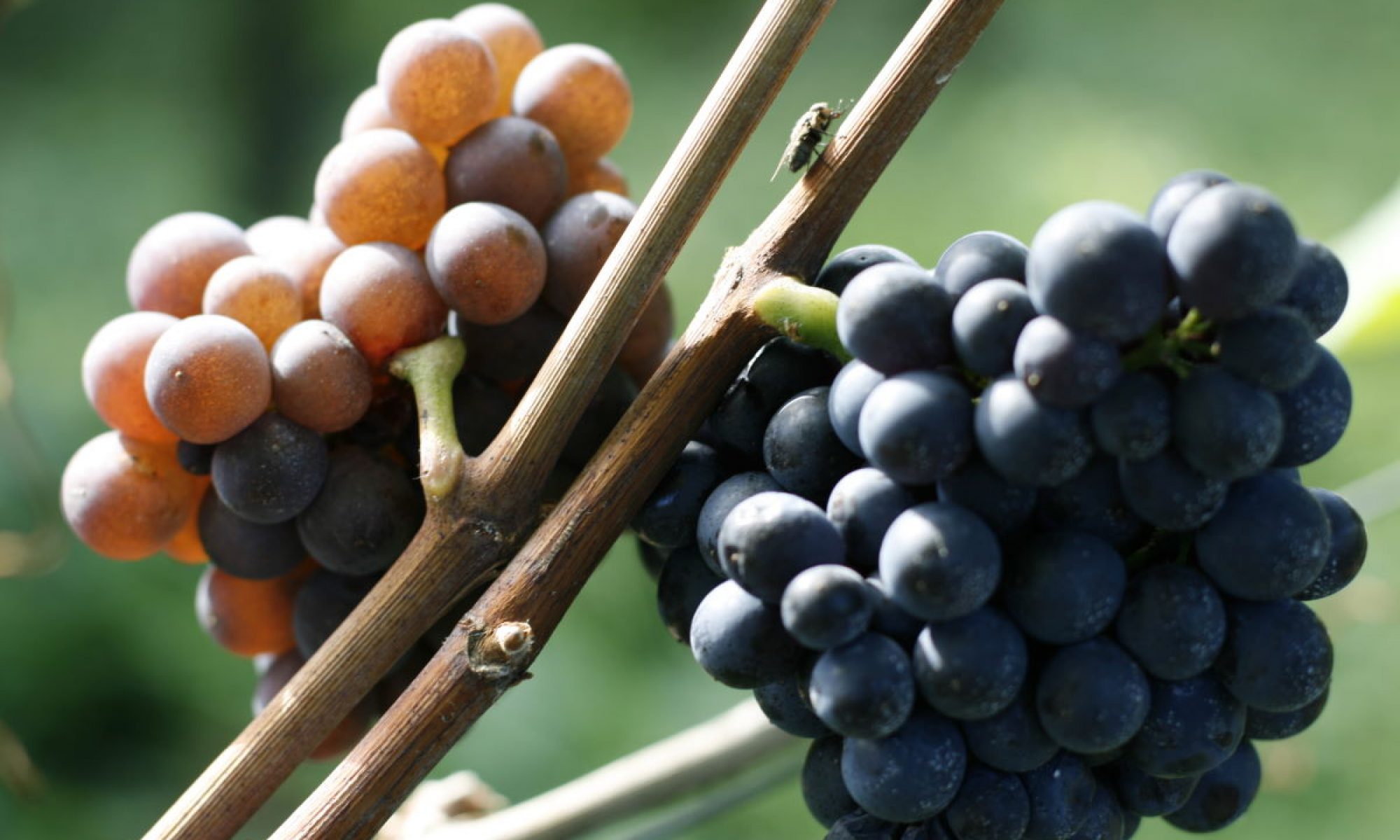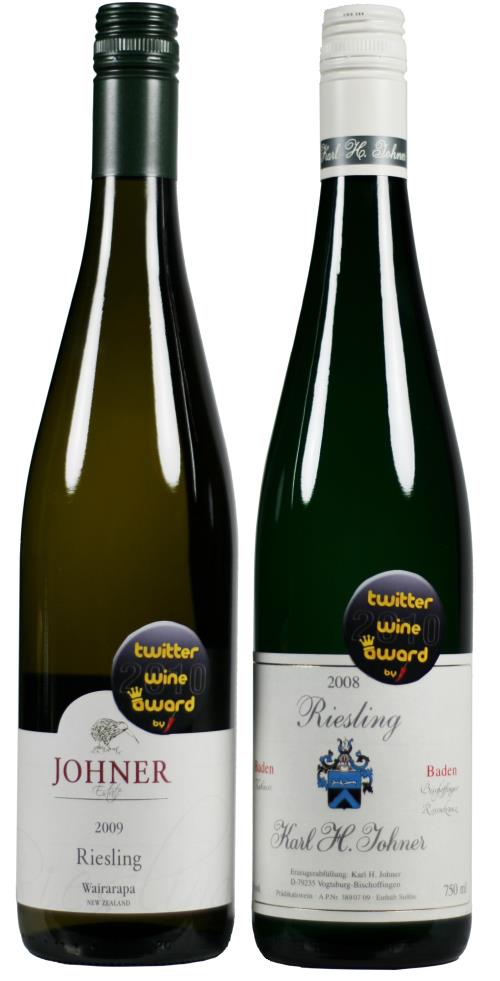Please scroll down for English version…
Deutsche Version:
Nachdem wir ja die Teilnahme an den 1. Twitter Wine Awards verpasst haben wurden zur 2. Twitter Wine Awards unsere zwei Rieslinge eingereicht.
Dirk Würtz hatte diesen Wettbewerb im Januar 2010 ins leben gerufen um eine bessere Verknüpfung zwischen einer Auszeichnung und deren Nachvollziehbarkeit durch Konsumenten zu erreichen.
Deshalb darf bewusst jeder, der möchte daran teilnehmen und Weine nach einem ganz einfachen Schema bewerten…
geht so
Gut
mjamm mjamm
Über 50% der Verkoster gaben unsere 2 Riesling die Wertung mjamm mjamm, so dass diese auch mit einem Twitter Wine Award ausgezeichnet wurden. Wir freuen uns auf dieses Ergebniss und für ein Weingut, welches normalerweise kaum Riesling produziert ist dies fast schon eine Sensation. Übrigens gibt es bei Sport-und-wein eine weitere Rezension unseres Deutschen Rieslings…
English Version:
Meanwhile many people in the wine business are confronted with so many awards from different organisations, guidebooks, magazines, winejournalists, private events etc.
Some of them are organised by a codex (e.g. OIV)
Some of them represent the taste or the influence of a certain person…
All these judges taste a lot of wine, drink a lot of wine, but are they the people that actually buy wine?
Please don’t get me wrong: Yes, we do need critics that are really able to judge the better from the good and we also need them to explain people with not much experience how to describe and evaluate the quality of a wine.
But many normal consumers who just love drinking wine may need too long to find out, what is meant by a certain tasting note or by a certain judgement.
Now thankfully there are people out there who would like to engage with normal wine consumers and give them an advice of what to drink and what to ignore…
… and what could be better than also letting them be part of a judging panel and take their opinion as part of a result…
With these thoughts in mind Dirk Würtz invented the Twitter Wine Awards in January 2010.
The wines are tasted by a panel of professionals and normal people who love tasting and drinking wine.
All wines are ranked to one of these categories:
OK
Good
Yummy
It is very simple, but the result is very clear and very comprehensible.
Wines that gain more than 50% votes as Yummy then finally win a Twitter Wine Award!
On saturday 31st July 2010 the second Twitter Wine Awards took part in a small hotel in Klüsserath in the beautiful Mosel Valley.
The theme was Riesling Worldwide and the patronage was held by the German Wine Institue. They also set out a prize for the best German Dry Riesling.
I had entered our two Rieslings:
2008 Riesling Bischoffinger Rosenkranz “Kabinett” / Baden / Germany
2009 Riesling Wairarapa / New Zealand
I was thrilled to receive the result via Twitter that evening. Both wines had won a Twitter Wine Award and state that they are wines that taste “Yummy” and really please the palate of many wine consumers.
Here are links to German Blogposts from participating Judges:
Dirk Würtz
Don Simon
Kreuznach Blog
Deutsches Weininstitut
Baccantus
Marco Datini
Weinkaiser
La Gazetta del Vino
The next Twitter Wine Awards (by Würtz) will be held in November in the Kaiserstuhl where the focus will be set on Pinot Noir.



